|
A chilling Friday Night but perfect for my Warm Sake Journey which took my guest to a hidden gem within Perth CBD Degani Kings Square. The Sake basic Workshop was held upstairs guest were punctual and arrived on time. We had an intimate group that was easy going and couldn't wait to get started. To start the night guest was getting schooled about the process of Sake making. How can starch which comes from rice make alcohol? Guests were given a deeper understanding that sake rice must go through the process called Koji making to convert the starch into glucose( sugar) to make alcohol which this process is called Multiple fermentation. The Koji making process had some particular guests very curious of the koji and asked about the origin of the Koji Spores where did it come from and how it was manufactured. The answer to this is as my mentors have stated Koji spores comes from the mould that grows on the rice plant which is made up with koji rice and ground up to form a powder to be placed in mesh container to spread onto the cooked rice ready for the koji making process. Another topic that guests were quite intrigued by was the process of Pasteurisation how can sake safely be imported to Australia without oxidising quickly. Sake goes through a process called Pasteurisation to help stabilise the sake. The fermentation is stopped by chilling the liquid to a temperature just above freezing. However, stored this way the newly made sake still has enzymes and yeast in it that is merely sleeping. If the temperature goes up then the enzymes will start working again. Typical sake is pasteurised twice. The first pasteurisation happens after filtration, at the beginning of bulk storage. The second pasteurisation happens at the end of bulk storage, when the sake is ready for bottling. Lets the Interactive Activity start ! Introducing my Anvo Precision cooker its perfect for keeping the temperature at the right level and great for cooking meat without ever overcooking ! you can find more information via the link https://anovaculinary.com/anova-precision-cooker/ Playing with this machine was easy and the temperature was ready without too much hassle to function during the event, before the event the temperature was already set, it has a special app to control temperature up and down which can use Bluetooth and wifi. To make the evening simple and efficient I kept temperatures at 65 degrees for all sakes as this is quite a desirable temperature and good heat for my guest to experience. The first sake we heated up was Hakutsuru Tanrei Junmai from Hyogo preference which is located in Kansai region near Osaka on the southern coast of Honshu Island. Tanrei means light or mellow, crisp or dry. At 65 degrees the flavour created a creamy richness which subtle but had a crispy dry finish to refresh the palate. Although we weren't doing any pairing, one of the guests was actually a cheese-maker who brought her own personal cheese along to play with the flavours of sake. Do the cheese and sake match? Of course, it does, but it's according to which cheese and sake keep that in mind. One of the main reason why cheese and sake can match is that they both have the same ingredient called lactic acid. What is lactic acid? Lactic acid suppresses the growth of harmful bacteria that might produce unpleasant smell and taste. normally created from traditional yeast starters like Kimoto and Yamahai. How does this relate to cheese? well, how do you describe the flavour of cheese without saying cheese ever wonder? you can't right? the cheese flavour or texture is lactic acid, which is that creamy, yoghurt, milky, sour feel on the palate and this is what you find exactly in sake especially if you heat it up. The cheese my guest brought was a blissful Bucheron - impressive on the outside soft, fluffy, and gooey on the inside the cheese was melted and warm it was so delicious to scoop up with crackers and scoff it down. The wrinkled rind was quite a texture and had a bitter note then inside you get a lovely melted softness of the Bucheron which had that lactic flavour then when we paired it with the Hakutsuru Tanrei Junmai the sweetness of rice brought forth a lovely umami sensation and actually cleansed the bitterness of the rind allowing you to invite the melted sensation of Bucheron with that cheesy flavour on the palate then sipping the Hakutsuru again giving you dry crisp finish to stop the lingering of the Bucheron. It was a delightful match. A Geography Lesson To add to the event guest were given a map each where they had to locate where in particular sake came from and write their experiences on the map. The task was designed to see how the prefectures were located in different parts of Japan and also for guest acknowledge different prefectures. It was a fun task to learn some geography. To make the event more fun and entertaining I incorporated the process of sake etiquette amongst the guest. Our guest really enjoyed this activity it was a beautiful way to appreciate how sake culture is enjoyed in Japan as well as understanding the Japanese customs of politeness where sake is poured in your cup. In Japan, the sake etiquette is that we never serve ourselves Japanese believe serving for others is a sign of respect and courtesy and encourages continuous bonding. I had taught our guest one phrase that guest could say to each other after receiving their sake from another person. The complete phrase to say thank you is Arigatou gozaimasu however throughout my years amongst my Japanese peers another way you can say thank you casually is Domo Arigatou this phrase I was told is you can say this to someone you have just met and continue to say them throughout that time it is still polite like a small thank you, rather than a big thank you. So once the sake was heated up guest was instructed to pour for the other guest and say Domo arigato.
Intensity and Taste Following Hakutsuru the exercise of Intensity in aroma and taste was tested guest had stated what they thought about the sake intensity and flavour it was a great way to understand that guest palates were all different and there wasn't a wrong and right answer. Ippin Chokara Junmai from Ibaraki prefecture the intensity of the Ippin Chokara Junmai guest felt were on the same level with Hakutsuru from prefecture Hyogo, however, had a smoother taste which didn't linger compared to Hakutsuru Tanrei crisp finish. Hakutsuru had a creamier subtle richness whereas Ippin Chokara was smoother richness. The Umami level guests rates were around 2 - 3 both very easy to drink to start the night. 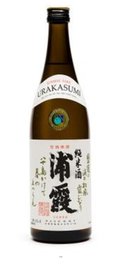 Aroma: fruity aroma , and fresh nose containing toasted nuts Palate: well-balanced not overall sweet or dry flavour its perfect straight road type of sake. Temperature: room temperature will give you that overall balance with the rice. At very cold temperature the acidity rises creating a refreshing after taste. Finish: has pleasantly dry lingering on the palate . Classification: Junami . Prefecture: Miyagi . Alc: 15.5% Seimaibuai:65% Rice:Manumasune Acidity:1.3 SMV:+2.0 I have used Urakasumi Junmai several times in my events and its rice character always seems to shine. Manumasune rice from Miyagi when heated at 65 degrees the richness of the rice intensifies the umami sensation on the palate. The full mouthfeel brought forth a smooth savouriness which was rounded and full of flavour which spreads all over the tongue. Intensity aroma rate : 3 - 4 Intensity palate : 4 -5 My guest were spoilt with Degani's finger foods selection during our break sensation it promoted continuous bonding and learning throughout the night. Positive and happy feedback was given for the delicious spread. The Yeast Starters! So I left the funkiest sake till last. I wanted to capture the understanding of intensity and taste and the perfect way is to demonstrate this is with Yeast starters. Yeast starters are the traditional method to create a batch of dominated yeast to survive the main fermentation. Two most traditional styles are Kimoto and Yamahai. Kimoto style was to use wooden poles to labouriously pounding the rice and koji to make a smooth paste to a desirable result. Yamahai technique is similar to Kimoto but without the wooden poles. The main purpose of these two methods is to create lactic acid bacteria to raise the acidity. So first we heated up Sawahime Kimoto Junmai from Tochigi prefecture by master brewer Hiroshi Inoue. So at a temperature, about 65 degrees this traditional yeast starter created a beautiful soft sweetness of the rice but it still had the dryness balancing acidity level on the palate. The guest was quite surprised the level intensity was totally different from the previous sakes. Somes guest stated the flavour created was a bit more savoury but promote more salivation on the palate encourage guest helps themselves to more food.
Intensity aroma- 4 Intensity taste- 4.5-5 Lucky last was Sawahime Yamahai Junmai from Tochigi prefecture the level intensity at 65 degrees really flipped peoples palates. The guest was excited and amazed once that hot sake touches their tongues. I recalled a personal experience with Sawahime Yamahai for my first time trying to heat up sake through the microwave and how Yamahai was the aroma was overpowering that you could feel through your senses. Luckily with controlled temperature, the aroma was not overwhelming but it definitely opens up your senses which allowed the journey on guest palates to intensify as that sipped Yamahai. The intensity was rich, savoury, full-mouth, full-flavoured. Intensity aroma : 5 Intensity taste - 5 So what was guest favourites? well with this you had two different palate drinkers so there was not a single favourite amongst out hot sake. Smooth Taster vs Full body taster Smooth tasters were classified who favoured smooth, soft and easy-drinking flavoured sakes. Which they nominated, Ippin chokara Junmai and Urakasumi Junma Full body taster was classified who favoured give it to me bolder and richer with full flavours which they nominated the yeast starters Sawhime Kimoto and Yamahai. A very enjoyable and fun evening with our guest for warm sake journey Im excited to see how have guests embraced the sake world in my next one.
3 Comments
1/25/2022 01:04:40 am
This is a very informative—edifying article to all. Thanks a lot! Continue to post!
Reply
1/30/2022 09:59:41 pm
Thank you for sharing this informative one.
Reply
10/11/2022 05:39:09 pm
Great article! I had a good time browsing your website. I don't leave very often remarks, but you deservingly get a thumbs-up! Thank you for sharing your knowledge. Keep it up.
Reply
Leave a Reply. |
Categories |
© COPYRIGHT 2021 ALL RIGHTS RESERVED.


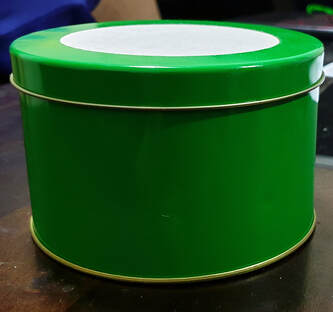
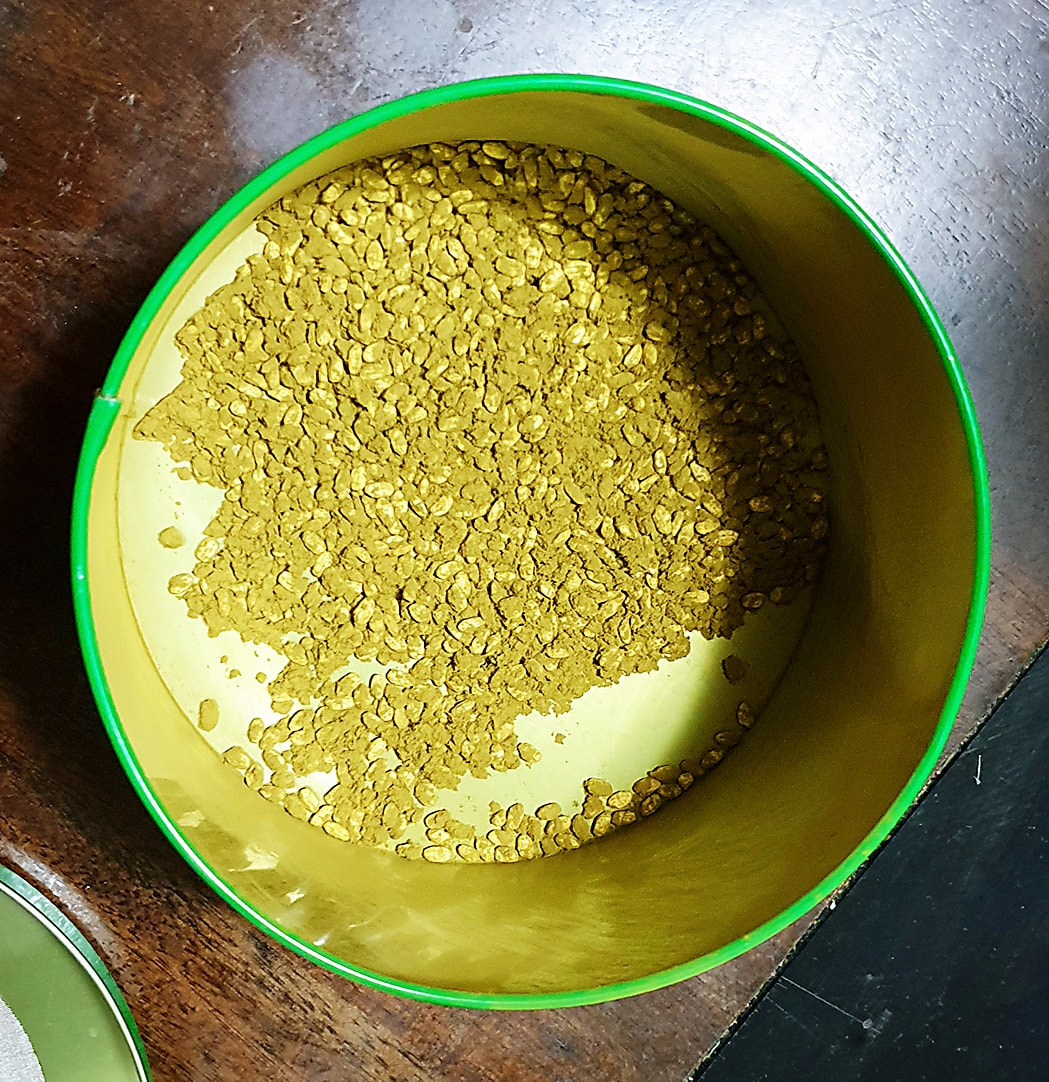

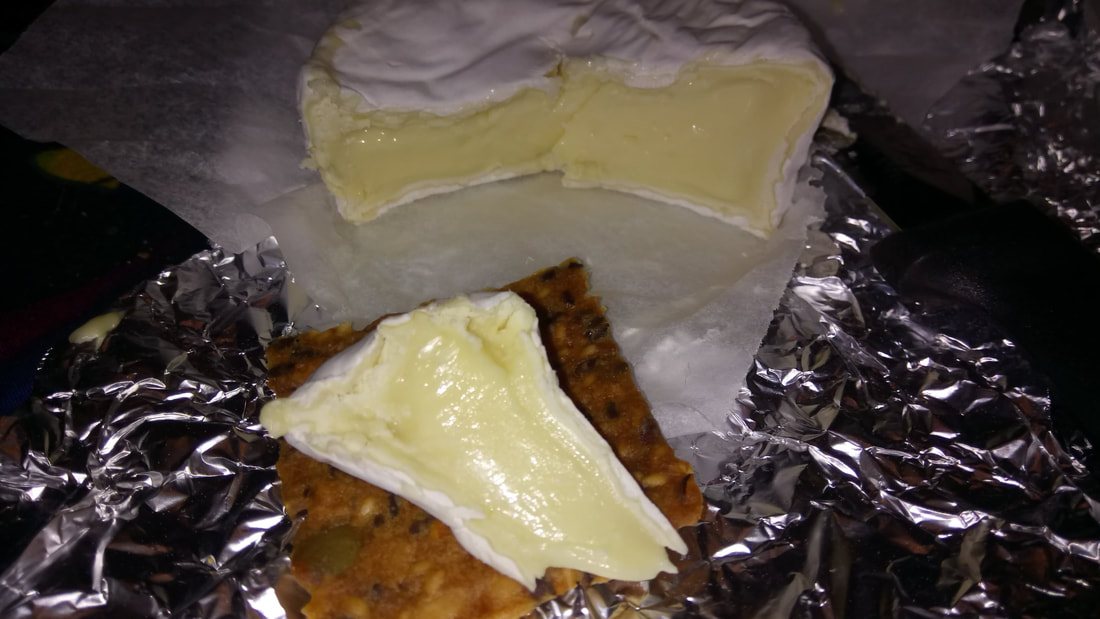
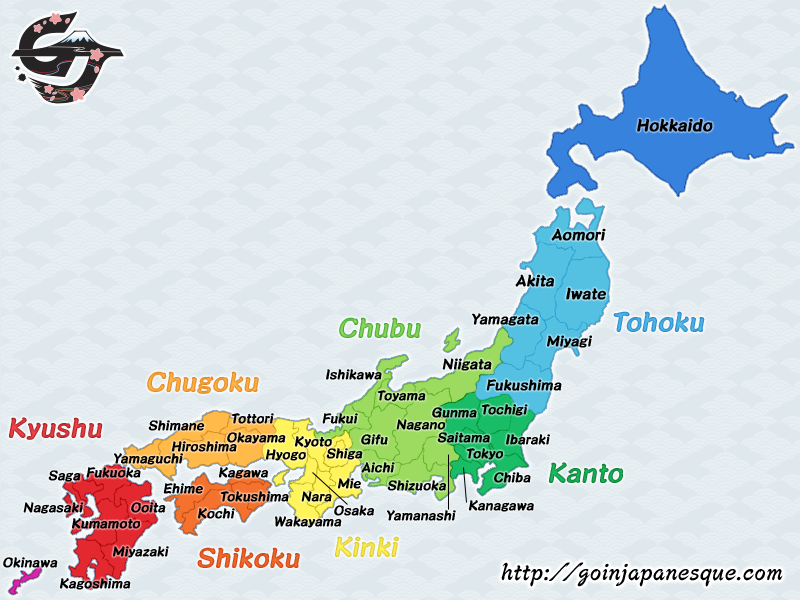
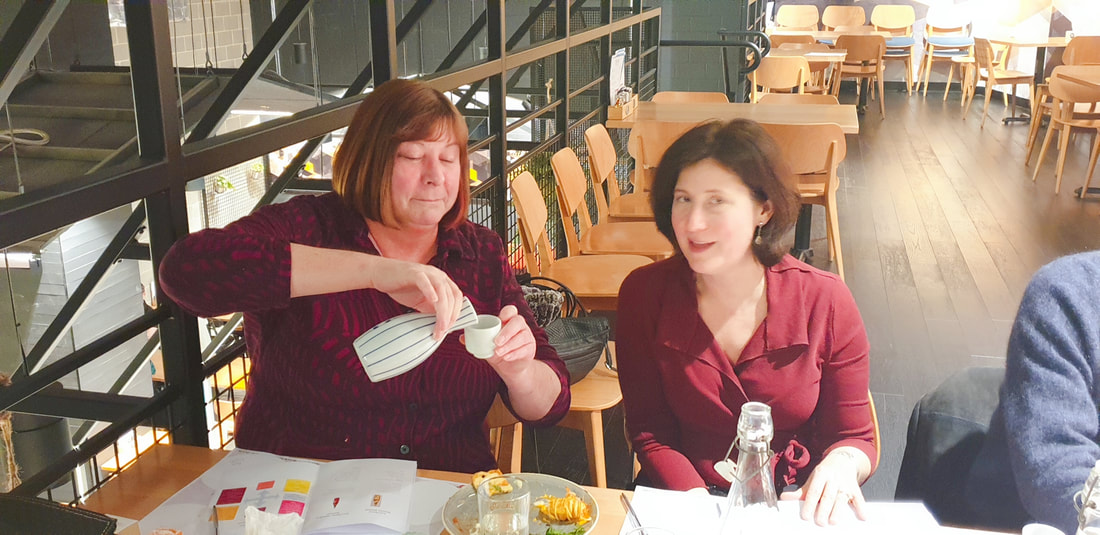
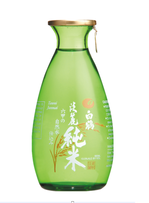
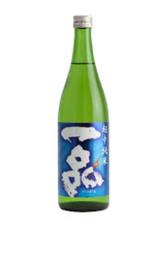
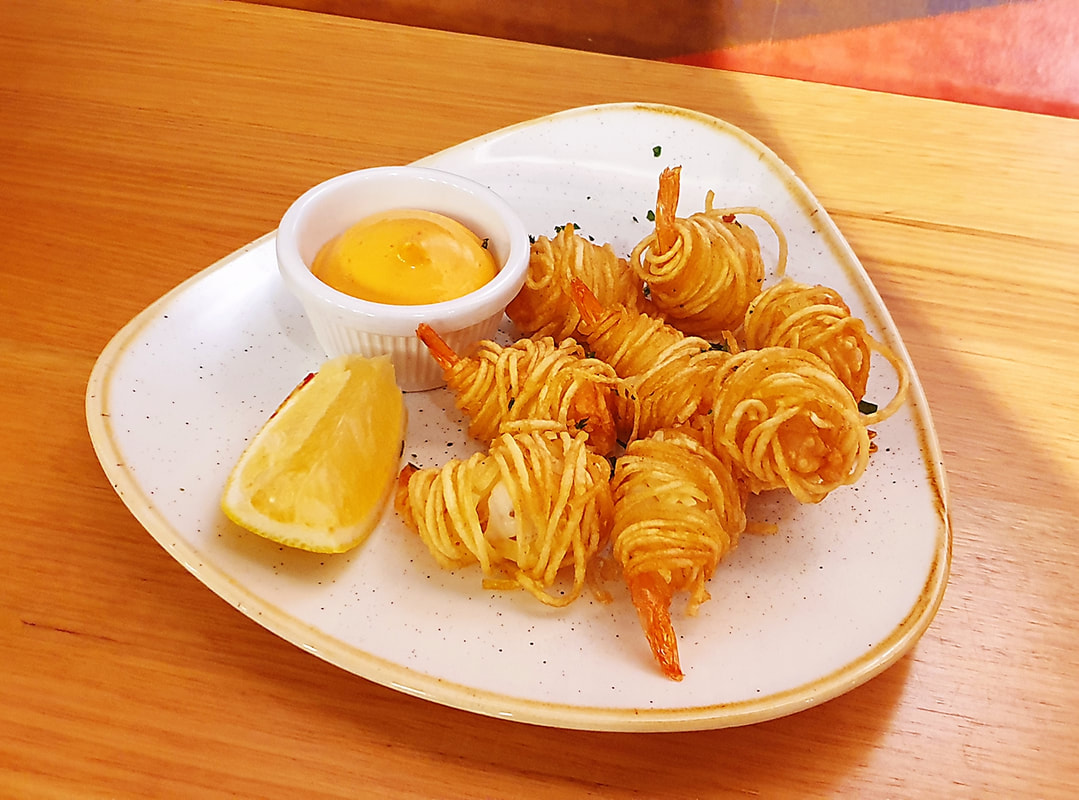


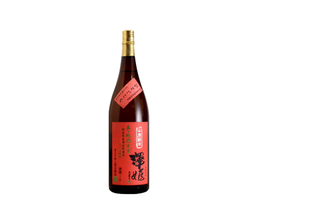

 RSS Feed
RSS Feed